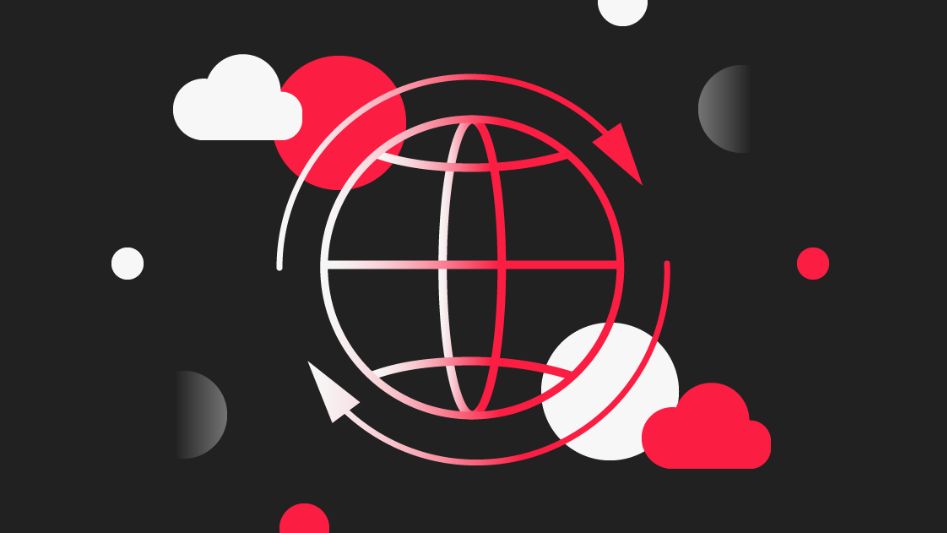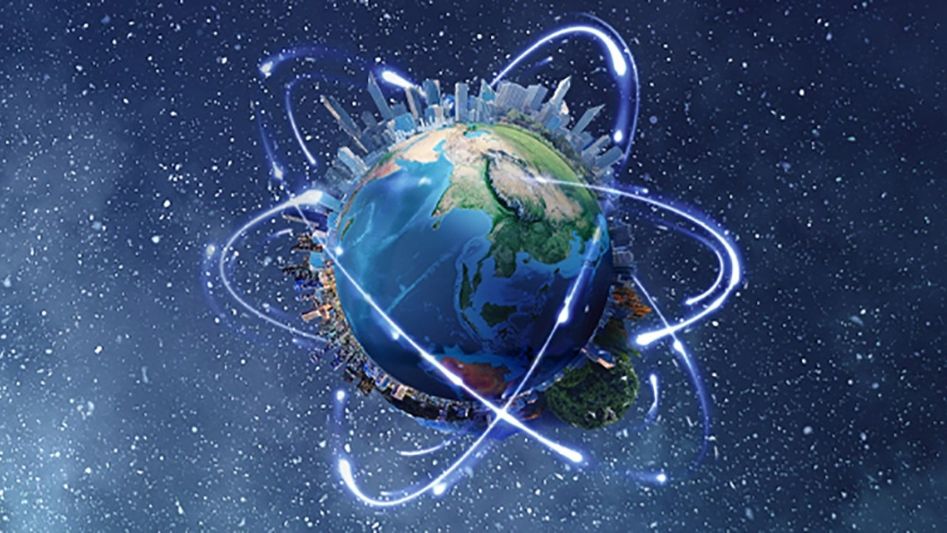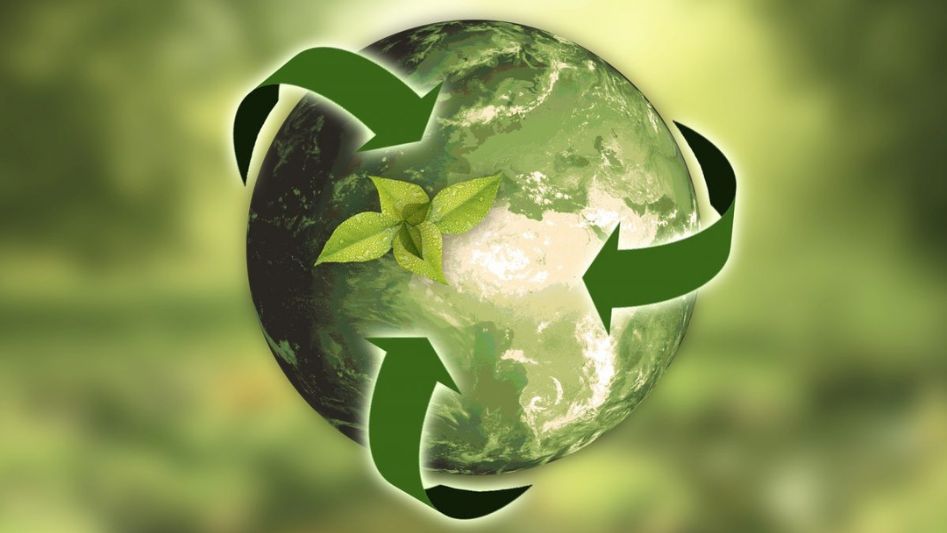Discover how cooling and climate change are connected in a vicious cycle that exacerbates global warming. Learn about the impacts of cooling and climate change in this article.
Table Of Content
There is an immediate need to reduce greenhouse gas emissions and provide people with respite from the heat in a summer characterized by scorching heatwaves throughout the Northern Hemisphere. It is now without doubt that the frequency, intensity, and geographic scope of extreme heat events will continue to rise. This new extreme heat is making air conditioning a need, not a luxury. This is an increasing public health concern, especially for low-income and historically under-resourced regions, and it requires the same amount of attention and funding that has traditionally been given to the problem of providing relief from the cold during the winter.
Scaling the adoption of energy-efficient, climate-friendly cooling technologies is a crucial, though often overlooked, component of increasing access to cooling. Conventional cooling equipment accounts for over 70% of peak demand in certain states during heatwaves. As a consequence, more polluting peaker plants must be brought online to meet electricity demands, negatively impacting air quality in nearby neighborhoods. Moreover, it is already difficult to maintain a comfortable temperature since blackouts and brownouts occur when electricity demand exceeds supply. Our home appliances should be able to keep up with our requirements without putting an undue strain on the power infrastructure or endangering people’s well-being and resilience.

As seen via the cooling industry, we are in a climate-driven feedback loop. More emissions of greenhouse gases hasten climate change, leading to higher temperatures and a greater need for air conditioning (more than 3 billion newly installed units are projected globally by 2050). An increase in the number of air conditioners in use increases energy consumption and the release of hydrofluorocarbon refrigerants, both of which contribute to the warming of the atmosphere and the pressure on power systems.
The issue is not limited to metropolitan areas like Phoenix, Houston, and Atlanta. Many families and businesses in areas that have never had a significant cooling need are now buying their first air conditioners. For instance, even the Pacific Northwest of the United States, known for its mild climate, is suffering heat waves that were previously unheard of. As a society, we now face a problem as well as an opportunity.

On the one hand, we face the difficulty of ensuring the safety of ourselves and our communities during periods of excessive heat. We may, however, get ahead of the curve by adopting more climate-friendly mechanical cooling technologies and more effective passive cooling solutions in our built environments. The best chance is to be thoughtful and meticulous with how we invest in these solutions to keep us cool without making the situation worse, regardless of whether the buyer is replacing a failing unit or is a first-time buyer. Because many air conditioners are still in use after 10 years, it is important to make it easier for homeowners and businesses to invest in the cleanest, most energy-efficient models.
Conclusion
In conclusion, climate change and cooling are intertwined in a feedback loop. More people using air conditioners and refrigerators to keep their homes and goods cool releases more greenhouse gases, which in turn heats the globe even more. The demand for cooling grows as a result of this warming, and thus the cycle continues. In order to break this loop and create more sustainable and effective cooling solutions, we must first identify its existence. In doing so, we can lessen the severity of climate change’s effects and make for a brighter, more sustainable future.

FAQs
How is climate change a vicious cycle?
Most international relocations may be directly linked to climate change. It poses an existential danger that is eroding traditional ways of life, making marginalized communities even more at risk, and pushing people to relocate.
Why is air conditioning a vicious cycle?
Currently, air conditioning is standard in 90% of American homes. This may seem like a success, a tangible proof that technology is enhancing people’s lives. To make matters worse, it serves as a textbook illustration of a self-perpetuating loop. Running air conditioners accelerates climate change, so we’ll need cooling services much more in the future.
Does air conditioning contribute to climate change?
Yet, as average temperatures throughout the globe continue to climb, a growing number of households will need the installation of air conditioning systems. But air conditioners as they are now marketed may contribute to climate change in two ways: they use large amounts of power from the grid on hot days, and the chemical refrigerants they use can hasten global warming.
What is an example of a cooling effect on the Earth’s climate?
Various aerosols, such as those produced by volcanic eruptions or the combustion of coal that emit sulfur, are able to reflect sunlight and hence chill the surrounding environment. Black carbon (a component of soot) and other particles that absorb sunlight have a warming impact.
You May Also Like
- NEW SUSTAINABLE AVIATION FUEL HUB TO BE LAUNCHED
- DECARBONIZING BUILDINGS: THE CITY THAT LEADS THE REVOLUTION
- WHY GENERATION IV IS THE FUTURE OF NUCLEAR POWER?
- WHY WE STILL NEED INNOVATION IN GREEN ENERGY TECH?
- COULD WASTE-TO-ENERGY BE THE GREEN SOLUTIONS FOR EMERGING MARKETS?
